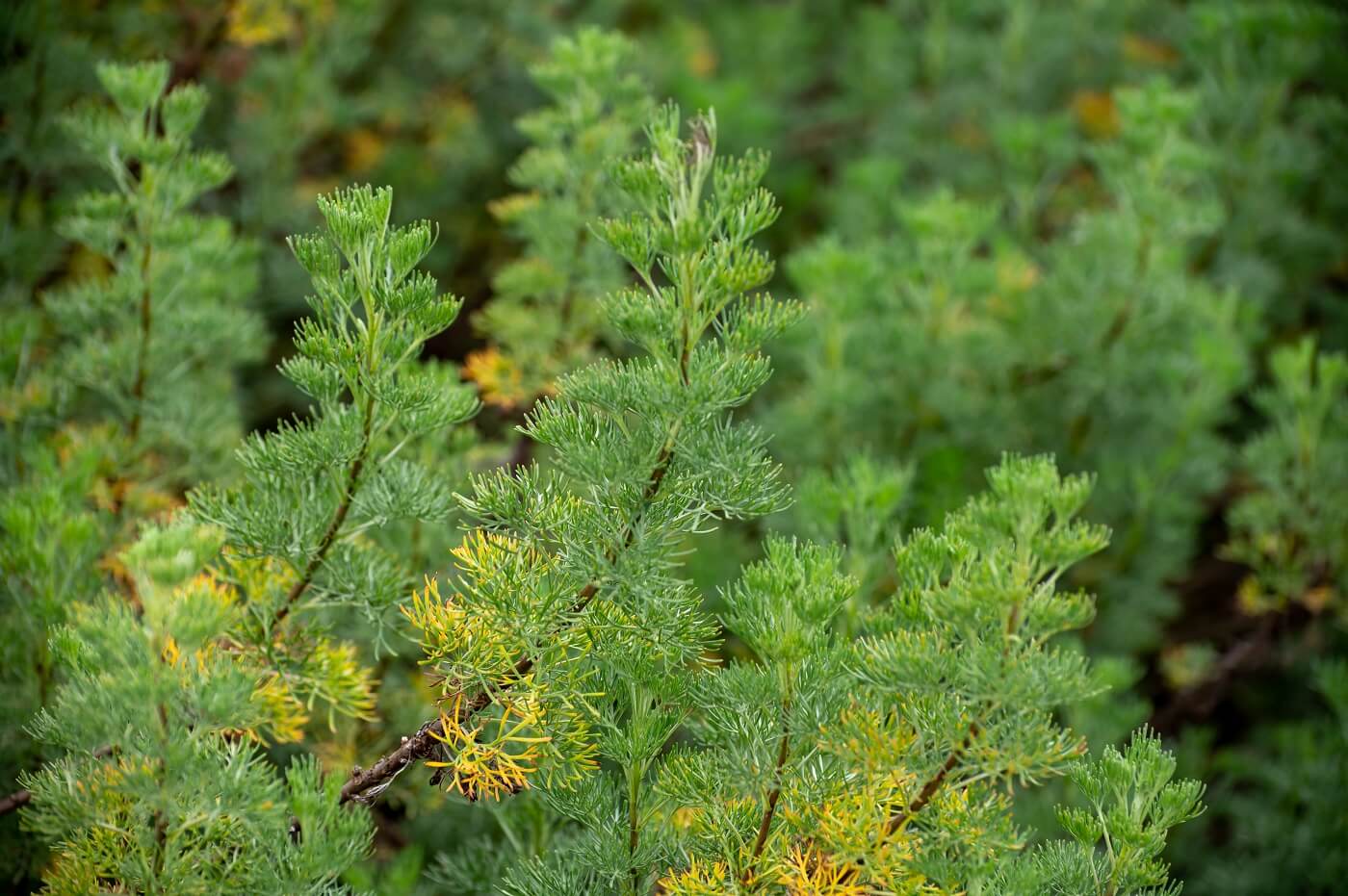Amaranth is commonly grown as a decorative flower in North America and Europe, but it is also an excellent food crop grown in many parts of the world, especially for those with intolerance to this food because it is gluten-free.
Growing edible amaranth is a fun and exciting way to add diversity to your garden. But before we get into how to grow amaranth, let’s do a little research on amaranth, and most importantly, how many recipes can be made with its seeds and leaves.
What is Amaranth?
Amaranth is a plant that produces long flowers, the shape of which varies from variety to variety. The flowers are grown to be eaten as amaranth grain and the leaves as a vegetable.
Amaranth is native to Mexico and Central America. The Aztecs and tribes cultivated it in pre-Hispanic times because of its similarity to corn. In Mesoamerica, amaranth played an essential role as a drink and ceremonial food.
From the 17th to the 19th century, it was used as an adornment for clothing, as it was thought to bring physical well-being. Amaranth seeds were again noticed in the 1970s because of its importance as a symbol of indigenous culture, palatability, ease of preparation, and protein content suitable for human nutritional needs.
What Kinds of Dishes Can I Cook With Amaranth?
Rich in potassium, magnesium, and calcium, amaranth has many beneficial properties, which is why it is widely used to prepare delicious and innovative recipes. It is also gluten-free, making it suitable for everyone.
While the seeds of amaranth have many beneficial properties, the leaves have many more and can be cooked in the same way as spinach leaves.
Some of the recipes that can be prepared with this plant include:
- Amaranth salad
- Amaranth meatballs
- Amaranth popcorn
- Amaranth puffed
- Amaranth and chocolate
There are many more, but these are just a few of the delicious dishes made with this versatile ingredient that goes well with both sweet and savory foods.

How to Grow Amaranth
Amaranth generally grows well in fertile or well-drained soil with equal amounts of nitrogen and phosphorus. Like many vegetable crops, it needs at least 5 hours of sunlight per day to grow healthily.
It thrives in moist but well-drained soils but will tolerate drier soils. Amaranth seeds are tiny and should be spread in prepared areas.
When to sow? It should be done when the cold season is already over, but it can also be planted 3-4 weeks before the end of the coldest days. Once the amaranth seeds have germinated, space them about 45 cm apart.
Soil & Fertilization
Once the spacing of the shoots is determined, little care is needed for the seedlings. They are drought tolerant and can tolerate a wide variety of soils.
Prepare and fertilize the soil with mature compost. As with spinach, do not overfeed amaranth with nitrogen, as nitrates accumulate in the leaves, making it inedible.
Harvesting Amaranth
And now it’s time to harvest, but when exactly? As with other vegetables, the smaller the leaf, the more tender, and the larger the leaf, the more intense the flavor.
To harvest amaranth grains, one must wait until flowering time and then wait until the flowers are fully grown and have wilted or turned golden brown. At that point, the flowers can be cut off, bagged, and dried.
Once the flowers are dry, they are threshed in the bag to release the amaranth grains. The seeds should be separated from the pulp with water. At this point, the seeds are complete.

Amaranth, Organic, Food, Uncooked, Gluten-Free
Have you ever heard about this plant? Share your thoughts with us in the comments below!


